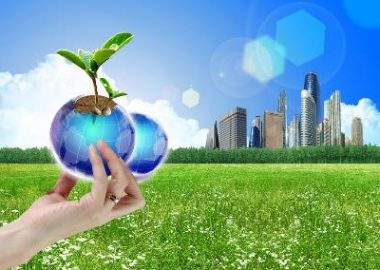Irrigation and drainage are part of water supply, which are seriously taken into consideration by specialists and experts due to lack of water resources. The efficient water use in agriculture and green space irrigation has recently been of focus because of modern developments in agriculture. From another level, the application of surface water and underground water drainage has been accompanied by more advances in order to make the best and efficient use of water resources in urban developments. There are two major points presented as follows: 3-1- irrigation networks 3-2- drainage networks ( surface and sub surface)
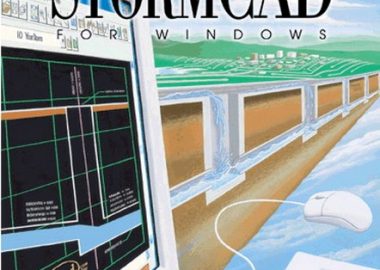
To efficiently use water resources in agriculture, irrigation projects are of primary importance and therefore these are prioritized in the official’s affairs. Water is mostly consumed in agriculture throughout the world so that a reduction in water consumption by using modern irrigation approaches plays a substantial role in water resource conservation. Irrigation utilities include structures for water storage, irrigation networks, etc. Irrigation networks are used to transfer and distribute water and collect additional water from irrigation as well as run-offs. Irrigation networks include open or close channels, channel lets, conduits. To improve irrigation efficiency, the outlet channel and irrigation performance are of great interest. Under pressure irrigations include drop and spray irrigation. Equipment of irrigation is various. It can involve a range from a simple conventional system to more advanced and self-control system. In irrigation studies, we discuss climate change, meteorology, geomorphology, geotechnique, botany, paleopedology, water characteristics, etc. In addition to using ...
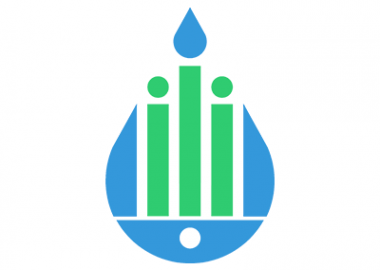
Pumping stations are the heart of water and wastewater systems. There is a wide range of capacity considered for them, spanning small pumps which support one or two residential units and large pumping stations to convey substantial amounts of water and wastewater. To design them, knowledge given by different engineering fields are used that we can point structural, civil, mechanical, electrical, instrumentation, architectural, geotechnique, hydraulics and surveying engineering.

The quality and quantity of wastewater effluent for disposal reasons, given the receiving source are specifically important. Any receiving source has its own conditions to take the amount of effluent. Today, effluents in raw manner are absorbed by absorbing wells, rivers, seas. The treated effluents are used for irrigation purposes, industry applications, even in producing drinking water. The use of treated effluent is greatly focused attention and is considered to be a precious source of water supply, especially in regions where there is a lack of water resources. Today, this is a debatable issue in all the facilities where water is used. Studies conducted to reuse effluent contain a comprehensive study about the quality and quantity of effluent available. The conditions of effluent consumption depend on the requirement of quality and quantity as well as supply approaches. We study to choose the optimum method to reuse effluent in this area.
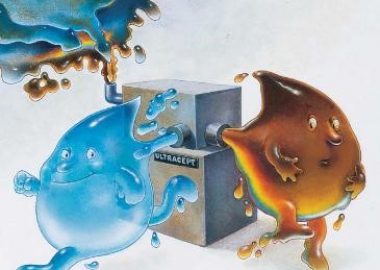
Water resources and environment are polluted due to untreated wastewater release and can cause irreparable damages to environment. Industrial wastewaters containing particular pollutants can double this damage. Although, wastewater can be naturally treated in environment, nature is not normally able to fully treat human-produced wastewaters in case of increasing wastewater volumes because of short limited time availability. Therefore, human has resulted that time of treatment is to be reduced by using different methods of treatment so that the environment is protected from damage. There are a wide variety of approaches to treat wastewater ranging from natural to innovative and advanced methods. Wastewater treatment plants are different in size; some are small package-based for house-hold purpose while others are large and mainly used for urban and industrial wastewater treatment purposes. Consulting engineers select and propose the optimum and appropriate alternative, in terms of economical, technical, and environmental factors by quality and quantity ...

In water circulatory system, after the process of producing and consuming water, wastewater collection is intended. Domestic or industrial wastewater is one of the pollution sources in environment, which is normally released in nature and can pollute the environment; that is, water, soil and air. a lack of water resources doubly necessitates the recirculation of water by collecting and treating wastewater and reuse of it. There are some different approaches to collect wastewater which are proposed by consulting engineers according to topography conditions, type of wastewater, the way of collection, accessible facilities and equipment. Gravity wastewater network is one of the most common ways for wastewater collection throughout the world. In some specific cases, to add head to wastewater and prevent from deepening the network, pumping or lift stations are used. Similar to water networks, there are various software programs in design of wastewater networks, which Sewer-Gems is one of them.

Water from storage tanks are directed by transport pipelines to cities, villages, consuming centers, etc. then, distribution networks are intended to carry water to consumers. Urban distribution networks are generally composed of large diameter main, medium diameter , small diameter minor pipes. Hydraulic principles in design of water distribution networks plays an important role in projects. Equilibrium in pressure and velocity of water in networks, control and online dispatching of networks, water quality controls in internal networks are also considered important. There are different software programs used in water distribution networks that we can point out to Water-Gems application.
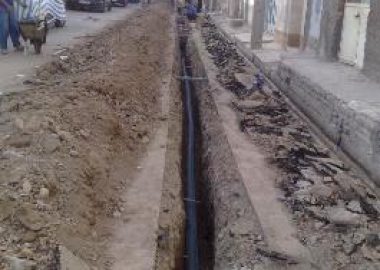
The supplied and treated water for use is to be stored. Storage tanks are used as water systems for different reasons. Water storage tanks in small volumes are used in houses, industrial areas, villages and in giant volumes in mega cities. These are mostly roofed and span volumes in liters to thousand cubic meters. They are made from different materials such as Polyethylene, FRP, metal, concrete, etc. The optimized design of open storage tanks such as effluent tanks, agricultural or industrial tanks are made use the above mentioned materials. Tanks with smaller size situated in higher places are also used to supply pressure. Structural and architectural design of tanks and basins are intended in this section. We use a wide variety of skills and professions including hydraulics, structural, geotechnique, mechanics, electrical engineering in design of storage tanks.
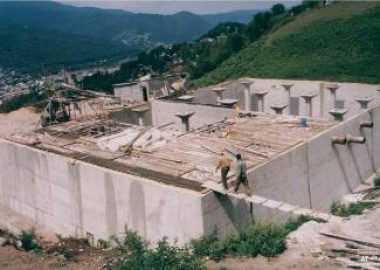
Transmission pipelines are in charge of transporting water from water resources or water treatment plants to where it can be used. Pipelines involve open or close gravity channels or gravity or under pressure pipelines. The choice of gravity or under pressure pipelines strongly depends on the earth topography. Also, the choice of the state of being open or close transport pipelines depends on different conditions including whether the water is raw or treated, environmental issues, likelihood of water pollution arbitrarily or purposefully. Generally in the design of pipelines, hydraulic considerations, costs associated with the channel construction or the choice of pipelines and transport path are of primary importance. Pumping stations are necessarily used to transport water from downstream to upstream points. It should be noted that technical issues related to the design and construction of them involving cost, maintenance, equipment supply, and water hammering phenomenon are importantly considered. The use of multiple-criteria ...
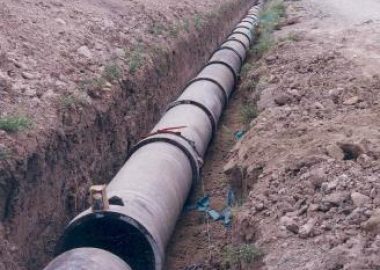
Generally speaking, water bodies are more likely exposed to natural pollutions and most of them are not suitable for drinking purposes. Even waters of springs and wells may be considered as pure and clean waters are at risk of getting polluted by natural pollutants such as Cyanide, Arsenic elements or human-made pollutants like Nitrate and microbial pollution, which are unable to be seen. Furthermore, water resources should be qualified after they are chosen and quantified. They are then treated in terms of the amount and type of pollution, if necessary. Wastewater treatment plants range from large-scale domestic and industrial plants, which are used to treat surface water for removal of turbidity and microbial pollution to small package-size ones which are located under sinks. Size, volume, type of process and equipment employed in these plants completely depend on the volume and type of pollutants. Thus, consulting engineers determine the type of treatment ...
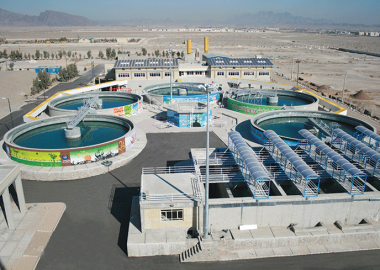
Water supply is one of the most basic stages of water and wastewater studies. Due to limitations and a variety of water resources in an area, including; water resources such as rivers and dams Underground water resources such as aquifers, … Uncommon waters such as the reuse of wastewater, deep water, fossil water, water harvesting from air. We should determine various alternatives in water supply according to the quality and quantity of available and required water. Then a technical, economical, and environmental comparison among them should be made so that an optimum alternative can be introduced. We will also analyze different methods of collecting water from water resources in these studies.
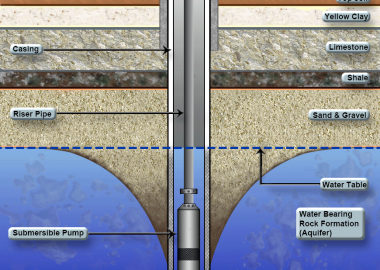
Human communities now feel more seriously concerned about environmental crises and lack of water resources. To solve such problems, environmental regulations should be made in developmental plans. Human and nature have a mutual relationship. Human exploits nature an attempts to take control of it in order to improve lifestyles and achieve his goals. Environment seriously influences human’s life and it might determine conditions which can severely pose threat to his convenience. Thus, environmental assessment study including assessment of developmental effects on environment becomes dramatically important. Water and wastewater projects are to be environmentally assessed. What’s really important is to consider some projects defined for environment conservation at first glance have posed risks and threats in a long-term period.
